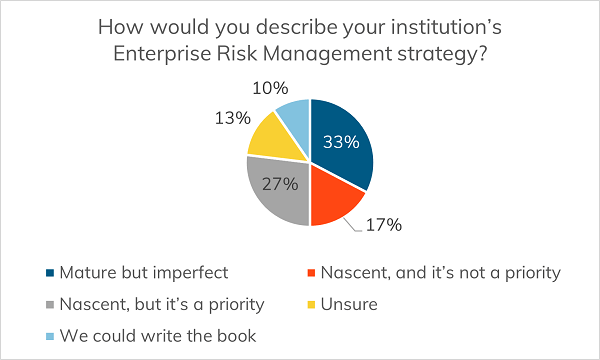The piano can capture a variety of moods, depending on the musician at its seat. But even simple melodies from a finely tuned piano can tell a story. And when a few instruments combine, following the same sheet music – the correct key and time signature – the story's effect is even stronger.
The same can be said for banking risk management. Distinct risk management processes can be both effective for satisfying compliance requirements and helpful for strategic decision making. For example, loan-portfolio stress tests give institution leaders a pulse on credit risk today and potential risks in the future. Likewise, liquidity shock tests provide clarity and guide decisions around raising capital, concentration limits, and excess capital. And for each department head, like a Chief Credit Officer or Chief Financial Officer, information accessibility makes risk measurement and mitigation straightforward.
If the institution's management wants a comprehensive view of risk, however, information accessibility and model incongruency become weaknesses. Data is stored in spreadsheets, or slightly better, monthly dashboards borne from different departments.
To align these and other risk management processes, they need to use the same sheet music, so to speak.







